RWE Pensionsfonds, the pension scheme of the German energy company, has reinforced its cash flow investment strategy over the years to generate liquidity to pay pension benefits.
The scheme has fine-tuned its strategic asset allocation after conducting asset/liability management (ALM) studies last year and in 2021/22, taking into account the type and duration of its pension benefits, and updating investment guidelines, it said in its 2022 and 2023 financial statements.
The liquidity requirements for so-called security assets amounting to €2.5bn are taken into account through an investment policy geared toward reinforcing the cash flow profile to cover obligations, predominantly investing in bonds, with the possibility of liquidating investments at any time, the scheme added.
RWE Pensionsfonds invests the security assets to fulfil obligations written in the RWE Rente pension plan contracts. Its risk management approach is supported by a comprehensive control and reporting system, it added.
Assets in the Pensionsfonds to fund the “RWE Rente” pension plan are invested in domestic and foreign government bonds and higher-interest bonds, to increase the average interest rates; a smaller share is invested in equities from different regions.
The RWE Rente pension plan covers 16,101 beneficiaries, down from 17,117 in 2022. The pension plan did not record any new business in 2023, it added.
RWE Pensionsfonds was able to generate income of €83.6m on invested assets in 2023, up from €77.4m in 2022, according to the financial statements.
The scheme invests with a prudent approach, taking into account the risk-return profile of its investments, aiming to achieve attractive returns on equity to cover expected administrative expenses, it noted.
The pension fund’s assets amounted to €3.9m last year, on par with 2022. This year it plans to invest predominantly in fixed interest and mutual funds (Publikumsfonds), it said.
The latest digital edition of IPE’s magazine is now available











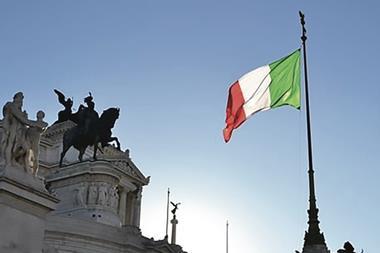
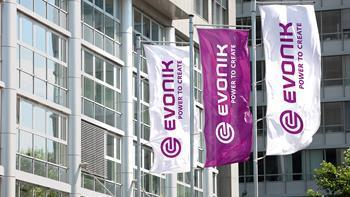



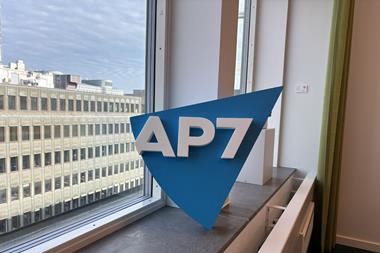

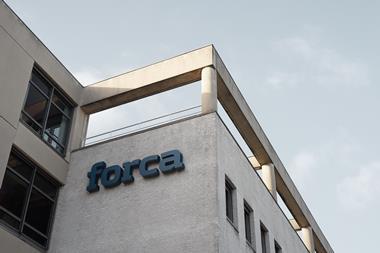
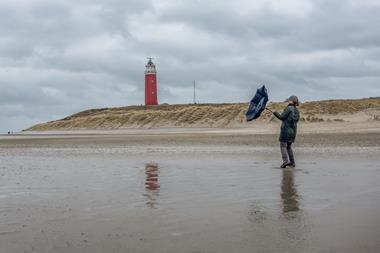

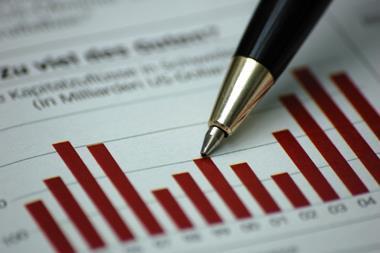

No comments yet